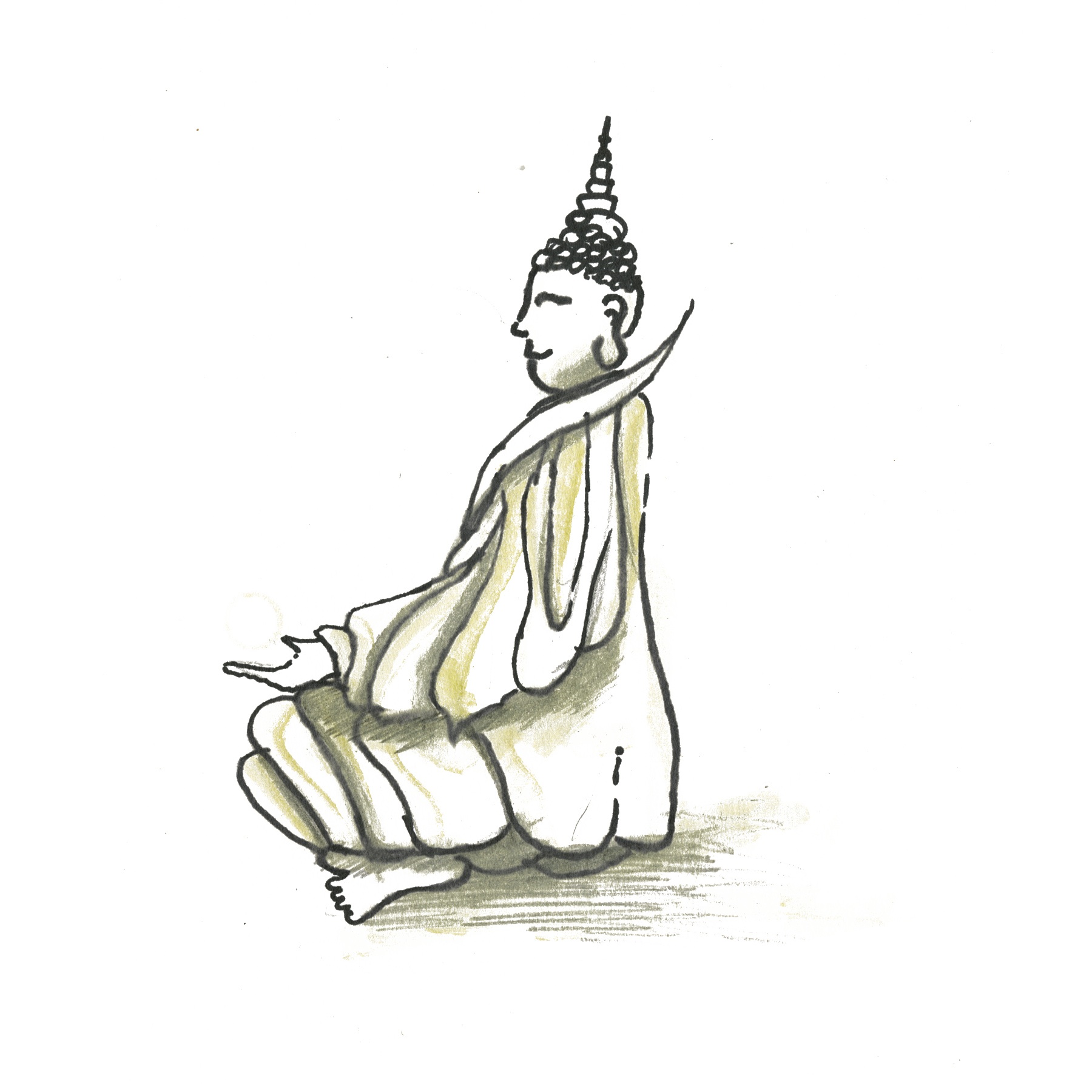It’s not often that along the long and arduous journey of an undergraduate career that a student has the opportunity to enrol in an out-of-this-world-awesome class.
Luckily for me, in my last semester before graduation, the gates of heaven opened and shone a beam of light into my academic life.
Buddhism and psychology is a fourth-year special topics psychology course taught by Connie Kristiansen. The course provides an overview of the main schools of Buddhist thought and seeks to analyze the similarities and differences between Buddhist and western psychology.
Students are encouraged to consider meditation as a method to analyze consciousness in terms of its effects on physical and psychological well-being.
Kristiansen focuses on the practice of Shamatha meditation: a technique to cultivate meditative peace by training and refining attention, enabling subtle states of consciousness and transcendence of the physical senses.
“The more immediate goal of meditation, in Buddhism, is to attain insight into the nature of reality, including ourselves, in a way that allows us to think and act in ways conducive to everyone’s well-being,” she explains.
Sitting in class, learning of the many benefits of meditation, I was eager to start my own journey of meditative contemplation.
I went home determined to spend my evening in a meditative trance. Spine upright, hands resting on my thighs, body relaxed, eyelids half shut, and both feet firmly on the ground I set out to attain inner enlightenment.
The first few seconds passed easily as I focused on the intake of my breath and its slow release. Breathe in and breathe out. In and out.
Twenty seconds in, I was already thinking – thoughts came into my head and minutes passed as I toyed with them. Oops.Where did my breath go? Refocus. Breathe in and breathe out.
That evening, I learned meditation requires great mental discipline. I was caught between my own inescapable thoughts and the urge to let go and refocus on my breathing.
I wanted a quick fix to calm my mind in the midst of a heavy course load. The thing about meditation, I realized later, is that it takes training and many hours of practice to attain the slightest moment of insight.
The emphasis of Buddhism is on establishing the correct use of emotional and mental states to obtain peace of mind, according to Kelsang Rabjor, the resident teacher at Joyful Land Buddhist Centre in Ottawa.
“We create our experience of the world in our minds,” he says. “The biggest problem humans have is the idea that our experiences are the way the world really is.”
Through mental discipline and meditation, one can observe the mind and change it through the realization that we’re not separate from the world.
The idea here is that one gradually reduces and illuminates the negative state of the mind to free it of all limitations.
After a few months, meditation has become a part of my daily schedule. There are some days I crave the peace and quiet of my own breath.
The more I practice, the easier it is to block out unwanted thoughts and gain control of my mind.
And it is not just students who notice the benefits of meditation. Among the many studies being conducted on meditation and well-being, there are a few suggesting that meditation can be used to treat patients with psychological disorders such as obsessive-compulsive disorder.
In 1996, Jeffrey Schwartz and colleagues conducted a study that sought to teach mindfulness meditation to sharpen OCD patients’ awareness that they didn’t have to believe their obsessive thoughts.
The researchers encouraged patients to label their thoughts as “just another obsessive thought” or to tell themselves that the urges were due to faulty brain wiring.
After 10 weeks of mindfulness based therapy, 12 of the 18 patients improved, and their brain scans showed less activity in the part of the brain associated with OCD, according to the study.
With studies like these, it’s difficult to deny the benefits of meditation. If you’re interested in making meditation a regular part of your routine, remember that it’s a skill that will require determination and mental focus.
While it may seem a grueling task at first, with time you will learn to control your thoughts and mental state.
“Meditation and other spiritual practices require training,” Rabjor says. “We learn through familiarity so don’t give up. Patience takes practice.”






